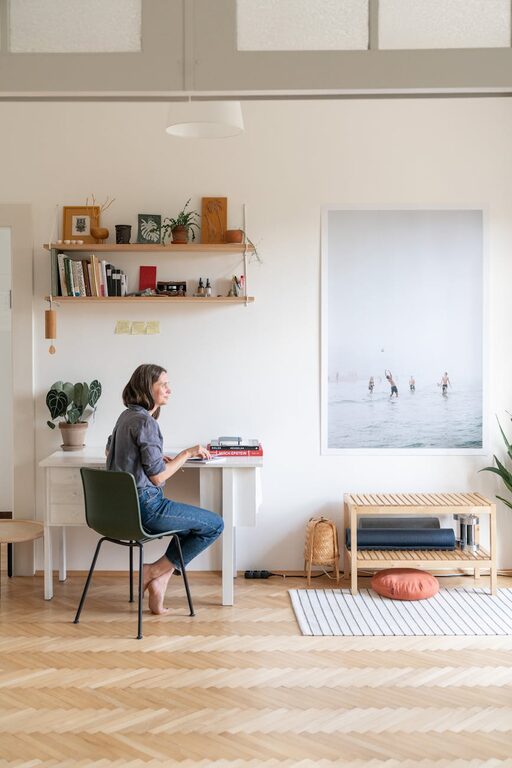
Bringing home your child’s colorful drawings, paintings, and crafts can fill your heart with joy—and your space with clutter! Managing the growing collection of kids’ artwork can be challenging, but with some thoughtful strategies, you can keep these precious pieces organized and accessible. In this post, we’ll explore practical and creative tips to help you organize your child’s art while maintaining a neat and inspiring home environment.
Why Organizing Kids’ Art Matters
Kids’ artwork is not only a reflection of their creativity but also snapshots of their growth and personality over time. Organizing these creations helps:
– Preserve memories in a manageable way
– Reduce clutter around the house
– Create opportunities to celebrate your child’s efforts
– Encourage ongoing creativity by providing an inspiring space
With these goals in mind, let’s dive into effective ways to collect, store, and showcase your child’s art.
Declutter First: Sort and Decide
Before organizing, it’s essential to go through the artwork and decide which pieces to keep. Here’s how:
- **Set Limits:** Decide on the amount of space you can dedicate to art storage—this could be a box, folder, or wall display.
- **Involve Your Child:** Ask your child to pick their favorite pieces. This helps teach decision-making and values their input.
- **Sort by Category:** Group artwork by date, type (paintings, crafts), or theme to make organization easier.
- **Let Go of Excess:** It’s okay to recycle or discard some work, especially if it’s duplicated or not a favorite.
Sorting helps focus on quality over quantity and makes storage more manageable.
Create Designated Art Storage Spaces
Dedicated storage keeps your child’s artwork safe and easy to find. Consider these options:
Art Bins or Boxes
– Use sturdy plastic bins or decorative boxes labeled by year, school grade, or child.
– Keep these bins in a closet or shelf for easy access.
– Include file folders inside to separate artwork by type or date.
Portfolio Folders
– Large, flat portfolio folders work well for storing flat pieces.
– Opt for acid-free options to protect artwork over time.
– These folders slide easily under beds or in closets.
Filing Cabinets or Accordion Folders
– Assign a drawer or folder for each child.
– Label sections by months or school years.
– Perfect for those who prefer a more systematic approach.
Digital Storage
– Photograph or scan artwork that’s fragile or bulky.
– Store images in dedicated folders on your computer or cloud storage.
– Consider apps designed for saving kids’ art digitally.
Digital storage saves physical space and preserves memories even if originals are lost or damaged.
Display Artwork Proudly and Creatively
Showcasing kids’ art boosts their confidence and adds personal touches to your home. Some easy display ideas include:
Gallery Wall
– Choose a prominent wall and use frames or clipboards to rotate artwork.
– Change pieces as new art arrives, keeping the display fresh.
– Use colorful washi tape to attach art for a more playful look.
Corkboards or Magnetic Boards
– Install boards in playrooms or kitchens.
– Pin or magnetically attach artwork, making it easy to switch out.
– Combine with photos and awards for a creative collage.
String and Clips
– Hang a string or wire along a wall.
– Use clothespins or clips to hang artwork.
– This method is flexible and adds a whimsical feel.
Art Books
– Compile photos or scans into a printed photo book once a year.
– This keeps a neat keepsake and frees up display space.
– Services like Shutterfly or Blurb offer easy photo book creation.
Maintain a Routine for New Art
To prevent accumulation and stay organized, establish a habit around managing art:
– Weekly or Monthly Review: Set a regular time to sort recent creations.
– Involve the Family: Make artwork review a fun family activity.
– Display & Store: Decide what goes on display, what goes into storage, and what can be recycled.
– Digital Backup: Take photos of new art before storing or discarding.
Consistent routines help keep the process manageable and stress-free.
Additional Tips for Specific Artwork Types
3D Crafts and Sculptures
– Use clear plastic bins to store small 3D pieces safely.
– Photograph sculptures before storage if space is limited.
– Consider dedicating a shelf for especially special or current projects.
Large Posters or Murals
– Roll and store large pieces in mailing tubes.
– Use poster hangers to hang and display without damage.
Seasonal or Holiday Artwork
– Store holiday-themed art with seasonal decorations.
– Rotate displays according to the time of year.
Encourage Your Child’s Creativity While Staying Organized
An organized space doesn’t mean stifling creativity. In fact, it can enhance it by offering:
– Easy access to supplies and past creations
– A place to proudly display ongoing work
– Opportunities to reflect on progress
Encourage your child to participate in the organization process. This teaches responsibility and keeps them engaged.
Final Thoughts
Keeping kids’ art organized is about balancing sentimentality with practicality. By sorting, storing, and displaying art thoughtfully, you can cherish your child’s creative journey without feeling overwhelmed by clutter. With a few simple strategies and a routine in place, your home can become an inspiring gallery that celebrates artistic growth for years to come.
What organizing methods have worked best in your home? Feel free to share your tips and ideas in the comments!
